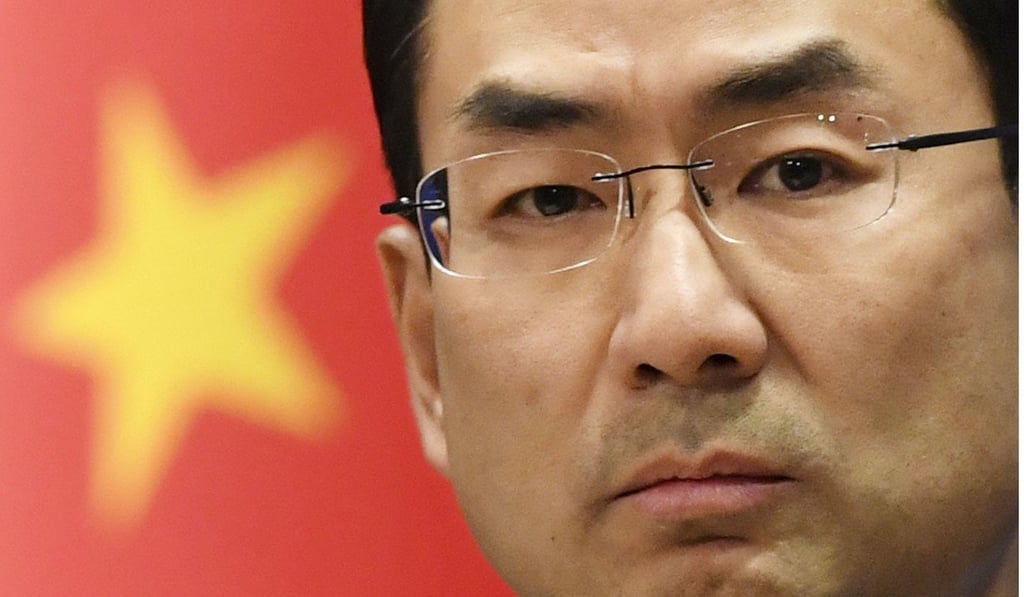Advertisement
Beijing ‘tones down’ response after US warships sail through Taiwan Strait
- Foreign ministry spokesman says Beijing ‘expressed concern’ to Washington over the transit – a move that usually provokes a stronger reaction
- Military experts say the destroyers had turned on their automatic identification systems in an apparently ‘friendly’ gesture
Reading Time:3 minutes
Why you can trust SCMP

Beijing on Monday “expressed concern” after two US warships passed through the Taiwan Strait, but stopped short of lodging a “stern protest” as it has previously done over similar transits.
The two warships, the destroyers USS Stethem and USS William P. Lawrence, sailed through the strait on Sunday and Monday. According to a statement by Taiwan’s defence ministry, it was the seventh such voyage reported since the US Navy carried out a similar transit in July last year.
Asked about the warships, Chinese foreign ministry spokesman Geng Shuang said Beijing had “expressed concern” to Washington.
Advertisement
Geng reiterated that the US should handle the Taiwan issue “prudently” to avoid a negative impact on its relations with Beijing. The spokesman also repeated that “the Taiwan issue is the most important and sensitive issue in Sino-US relations”.
His response was low-key compared with previous foreign ministry reactions to vessels sailing through the strategic waterway. When the French frigate Vendémiaire made the journey through the Taiwan Strait early this month, the ministry said Beijing had lodged “stern representations” with Paris. It made a similar protest to Washington when the destroyer USS Curtis Wilbur and coastguard cutter Bertholf sailed through the strait in March.
Advertisement

Advertisement
Select Voice
Choose your listening speed
Get through articles 2x faster
1.25x
250 WPM
Slow
Average
Fast
1.25x